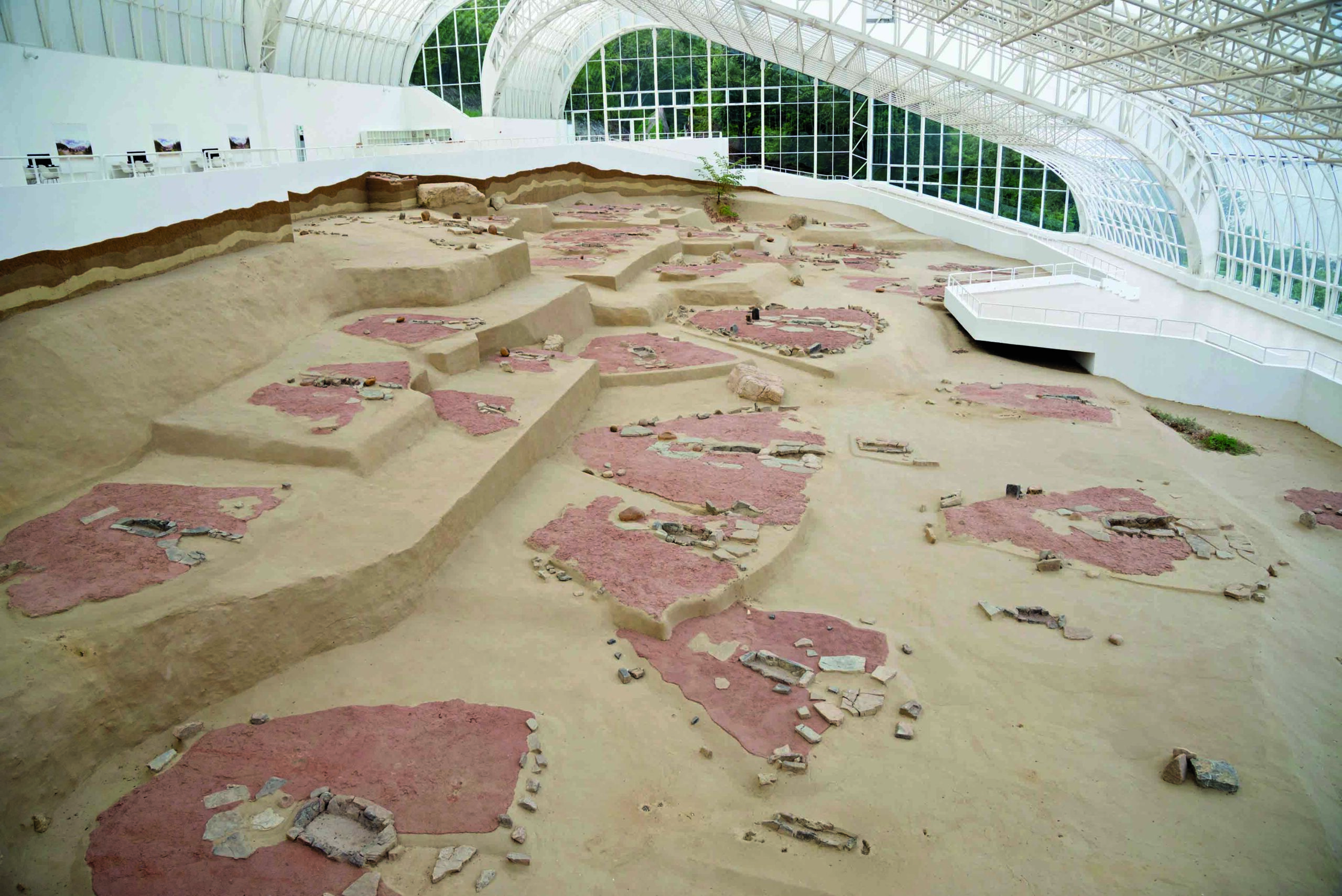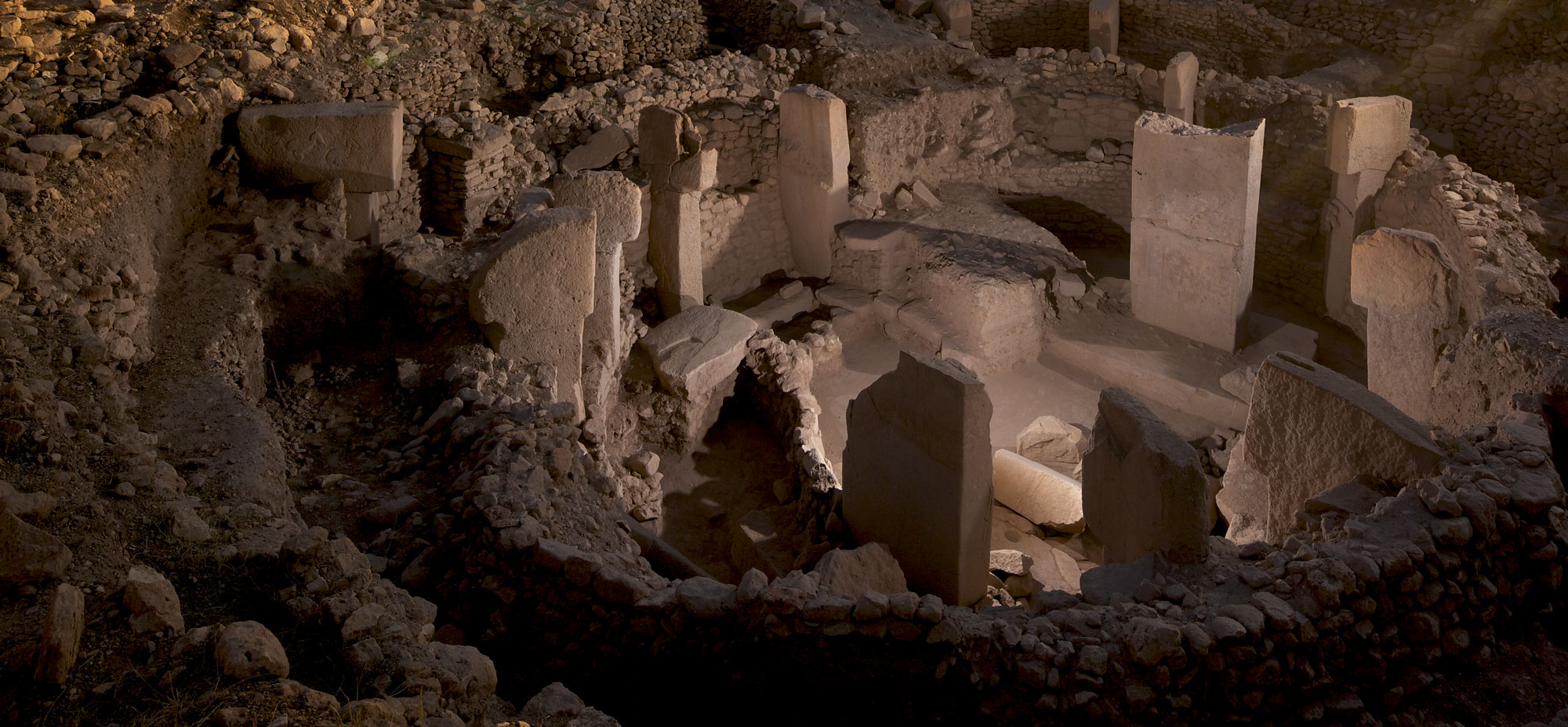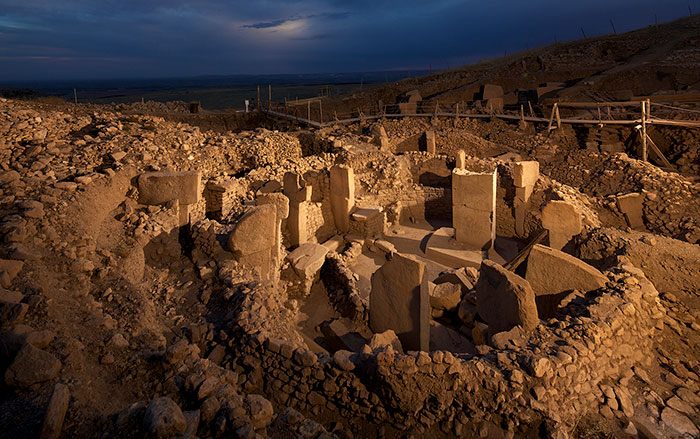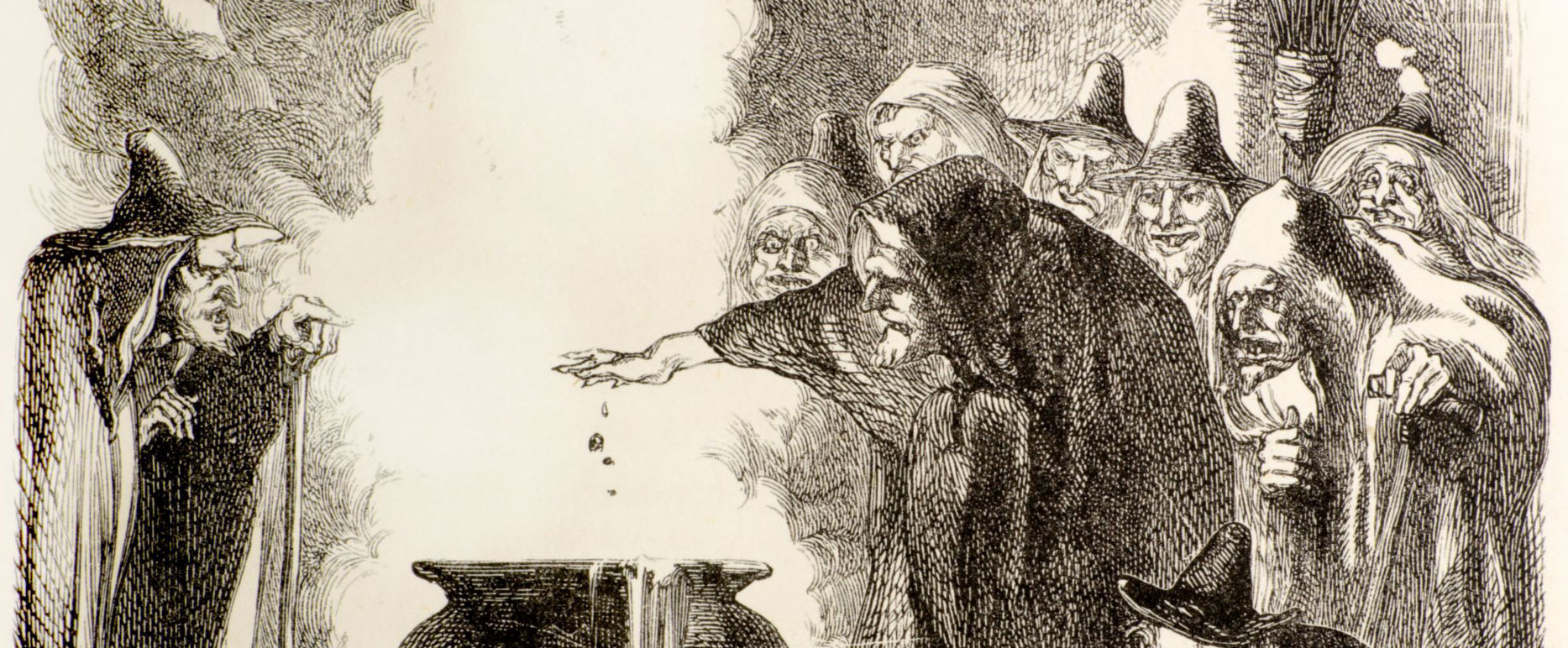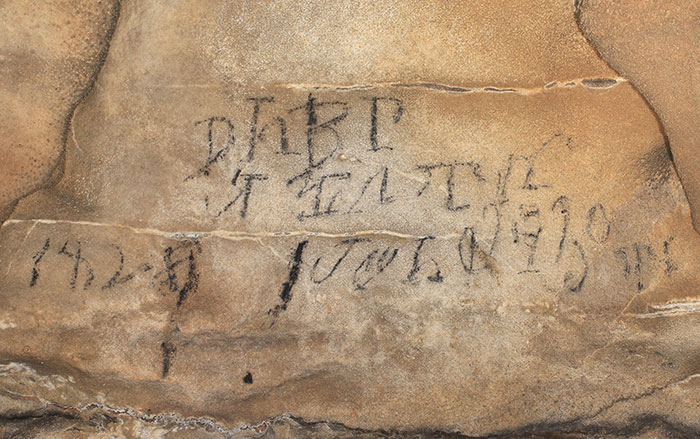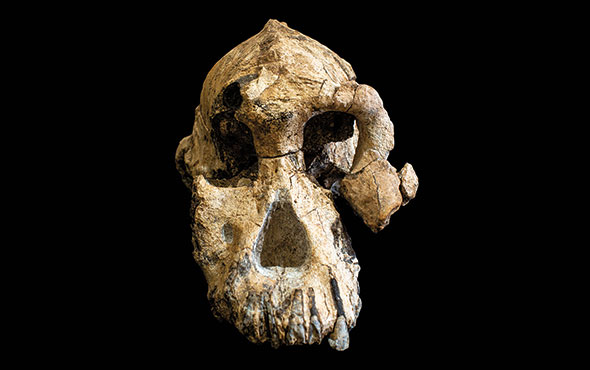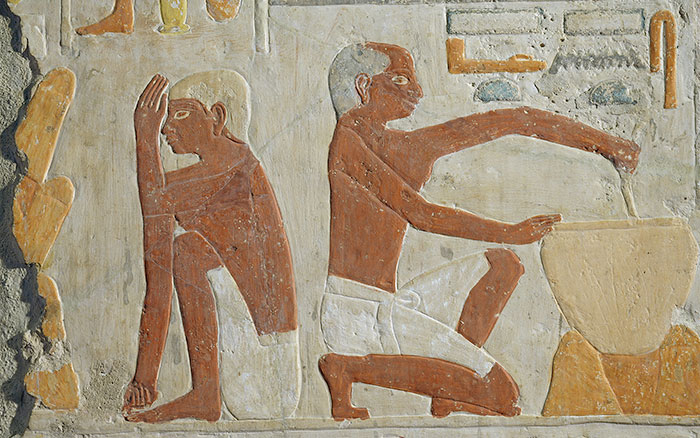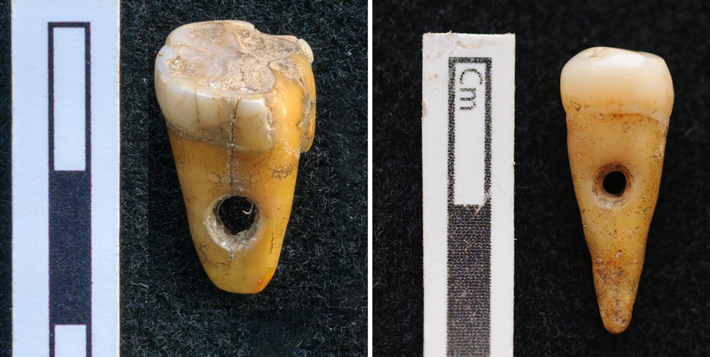
COPENHAGEN, DENMARK—According to a statement released by the University of Copenhagen, two 8,500-year-old human teeth drilled with holes have been found at the Neolithic site of Çatalhöyük, which is located in southern Anatolia. Archaeologist Scott Haddow of the University of Copenhagen said microscopic examination of the holes revealed they resembled those drilled in beads made from stone and animal bone. The holes also showed signs of wear consistent with ornamental use, Haddow added, and wear on the chewing surfaces of the healthy teeth suggests they were removed after death from two people between the ages of 30 and 50. Human teeth used as ornaments have been found at Upper Paleolithic and Neolithic sites in Europe, but this is the first time such ornaments have been discovered in the Near East. To read about a limestone female figurine found at Çatalhöyük, go to "Figure of Distinction."


